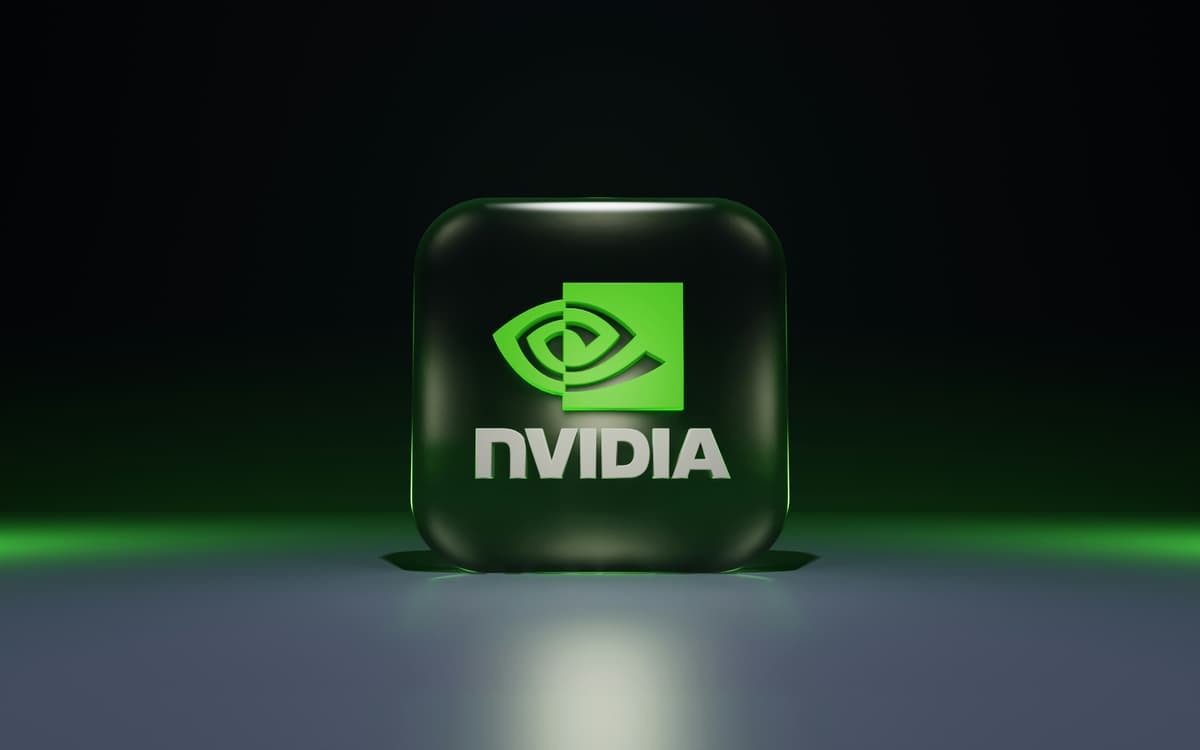Exploring Value Stream Mapping
Imagine you're on a treasure hunt, but instead of seeking gold or jewels, you’re on the lookout for smoother workflows and more efficient processes within a company. That's where the concept of Value Stream Mapping (VSM) comes into play. VSM is a visual tool used in lean manufacturing to analyze and design the flow of materials and information required to bring a product or service to a consumer.
The magical thing about VSM is that it not only provides a snapshot of the current state but also serves as a blueprint for a leaner future, one where waste is minimized and value maximized. Essentially, VSM is the magnifying glass you use to spot the bottlenecks, redundancies, and detours that are slowing down your process.
With Value Stream Mapping, you start by defining what's genuinely valuable to your customer. Value here means any action or process that a customer would be willing to pay for. It’s not just about creating a fancy diagram; it’s about understanding what ticks the right boxes for the people who use your product or service.
The real beauty of VSM lies in its simplicity. It doesn’t require any complex software or tools – just dedication, keen observation, and a few markers and sticky notes can do the trick. The process starts with a walk-through, or what the folks in lean manufacturing circles like to call a 'Gemba Walk.' This is a stroll through the actual place where work is done, enabling you to see and record the current state of affairs.
As you embark on your Gemba Walk, you’ll note down everything that goes into making the product – from the initial request to the delivery. Not a single step escapes your mitigating gaze, whether it’s the physical transformation of materials or the administrative tasks whirling around the shop floor. The final output is a flowchart detailing each step involved in the product journey, replete with metrics like time and inventory levels.
Let's examine the ingredients of a typical value stream map:
- Process Steps: These are the specific activities required to complete a product or service.
- Inventory Data: Quantities of raw materials, work in progress, and finished goods.
- Time Metrics: How long it takes to complete specific steps and the overall process.
- Information Flow: The methods by which information travels through the system.
- Customer Requirements: What the customer needs and expects from the process.
During the creation of the VSM, you'll often stumble upon activities that don’t add value – and we call these ‘waste.’ In the world of lean, these are famously categorized into eight types: defects, overproduction, waiting, non-utilized talent, transportation, inventory, motion, and extra-processing.
Once the current state is mapped out, businesses can then dream up a more streamlined, efficient ‘future state’ map. This version visualizes what the process should look like after you’ve kicked the waste to the curb and introduced improvements.
Dynamic companies use VSM as a pivotal tool to understand and optimize their workflows. For example, Toyota, renowned for its efficiency, relies heavily on VSM to maintain its status as a paragon of lean manufacturing. You can learn more about their methodologies by visiting their website at Toyota.
It's akin to cleaning out your closet. At first, you might be overwhelmed by the clutter. But once you sort through it and organize it, everything becomes more accessible and looks better. And, just like in your closet, sustaining the gains from VSM requires ongoing vigilance and willingness to tweak and adjust as you learn what works best.
Value Stream Mapping is not a one-and-done deal. It's an iterative process that requires continuous refinement. As markets evolve and customer preferences change, so too must the processes businesses use to create value. That's why regular reviews and updates to the VSM are critical for ongoing lean success.
Value Stream Mapping is a potent tool in the quest for efficiency and customer satisfaction. It is not merely about creating colorful charts; it is about fostering a culture of continuous improvement and relentless pursuit of waste elimination. When you fully embrace VSM, the whole organization embarks on a thrilling journey toward operational excellence.
It's time to arm yourself with markers and sticky notes and chart your path to a leaner and meaner process landscape. The map to operational treasure awaits you, with Value Stream Mapping as your trusty guide.












